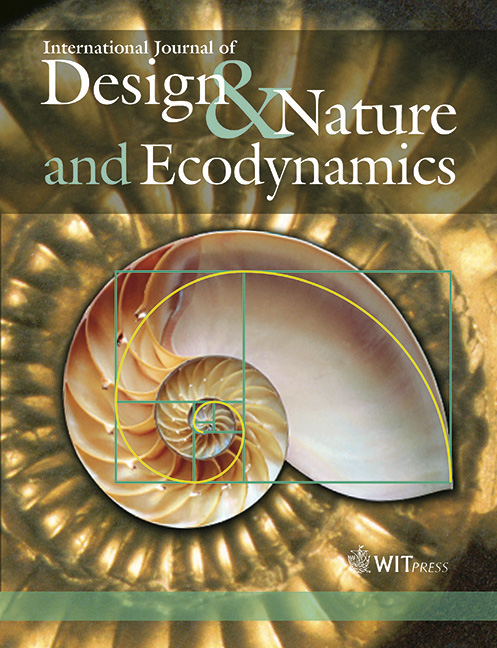Design and Testing of a Highly Mobile Insect-Inspired Autonomous Robot in a Beach Environment
Price
Free (open access)
Volume
Volume 4 (2009), Issue 4
Pages
17
Page Range
319 - 336
Paper DOI
10.2495/DNE-V4-N4-319-336
Copyright
WIT Press
Author(s)
A.S. BOXERBAUM, R.J. BACHMANN, R.D. QUINN, R.M. HARKINS, T. DUNBAR, S.C. BURGESS & R. VAIDYANATHAN
Abstract
The capability of autonomous platforms to function on beaches and in the ocean surf-zone is critical for a wide range of military and civilian operations. Of particular importance is the ability to navigate autonomously through the rocky terrain, hard-packed moist sand, and loose dry sand characterizing this environment. The study of animal locomotion mechanisms can elucidate specific movement principles that can be applied to address these demands. In this work, we report the design, fabrication, control system development, simulation, and field testing of a biologically inspired autonomous robot for deployment and operation in an ocean beach environment. The robot successfully fuses a range of insect-inspired passive mechanisms with active autonomous control architectures to seamlessly adapt to and traverse through a range of challenging substrates. Field testing establishes the performance of the robot to navigate semi-rugged terrain in the surf-zone environment including soft to hard-packed sand, mild to medium inclines, and rocky terrain. Platform autonomy is shown to be effective for navigation and communication. The fusion of passive mechanisms and active control algorithms results in a robot with mobility comparable to a legged vehicle with a control system of comparable simplicity to a wheeled robot. Based on the success of this platform, we further introduce the design of a fully amphibious robot designed to extend its performance to completely undersea surroundings.
Keywords
advanced mobility, autonomous control, biologically inspired robotics, field robotics, legged vehicles, passive mechanisms, reduced actuation




